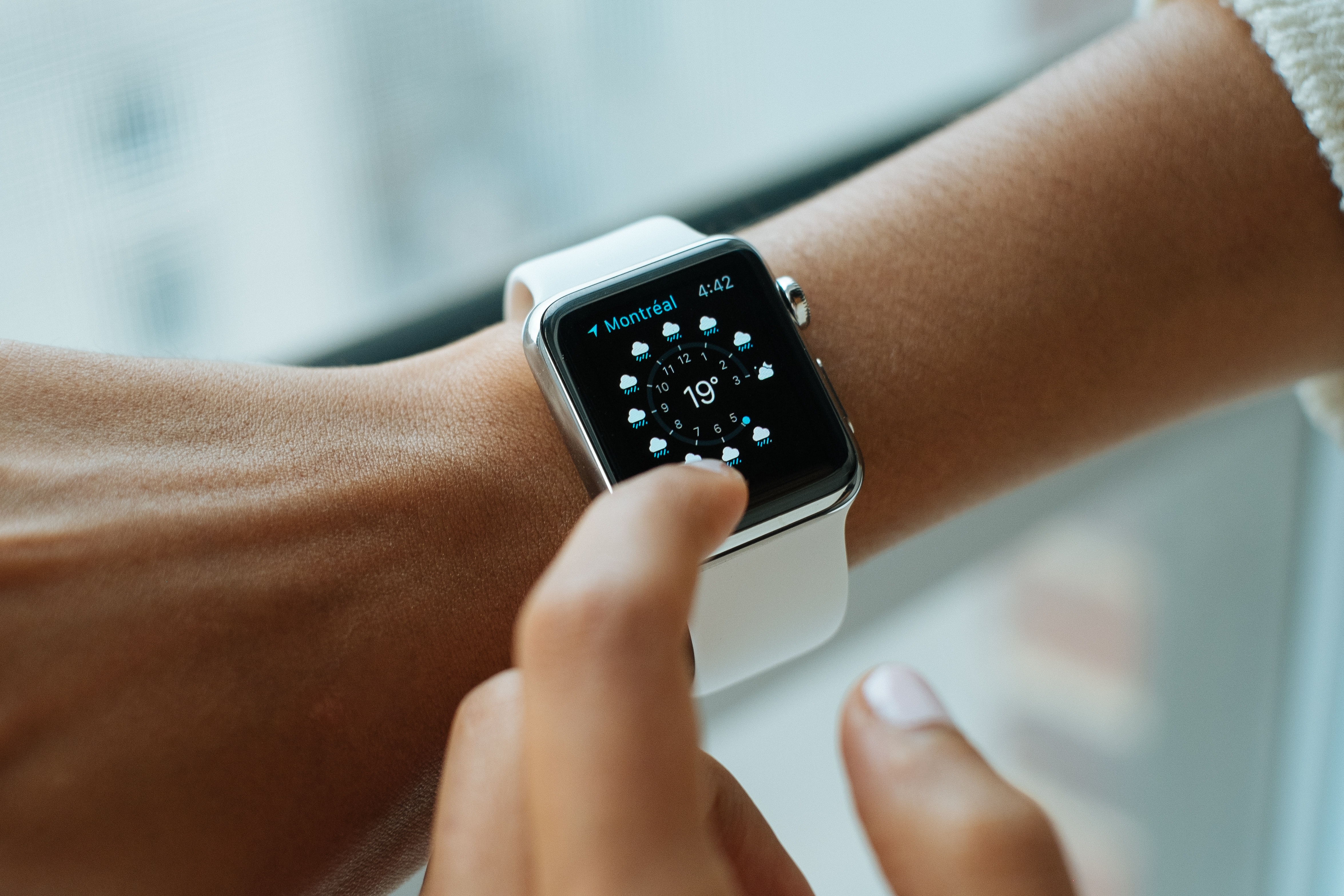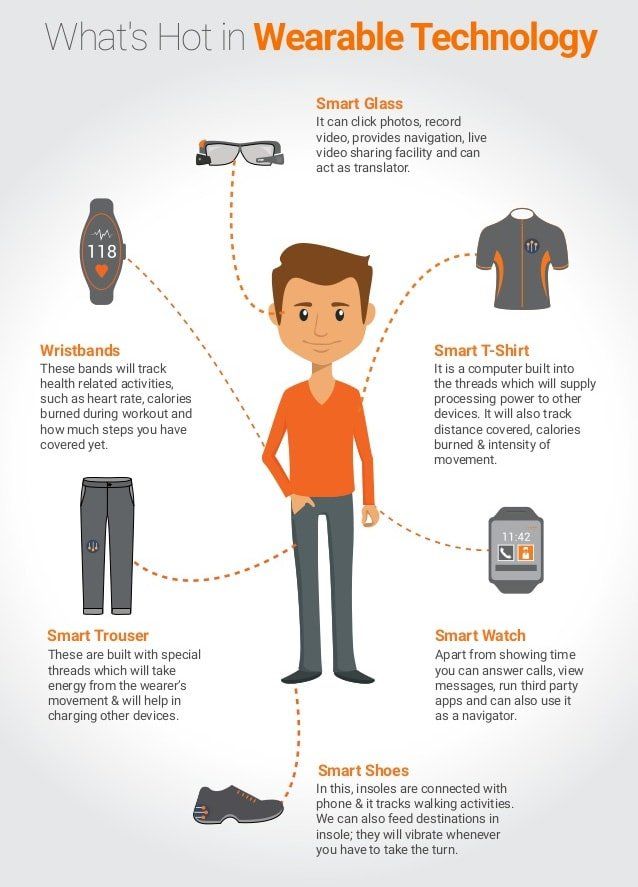Wearables
(2025-08-17T02:34.775Z)
Perplexity Query
(2025-08-17T02:34
.775Z)
Question:
Write a comprehensive one-page article about "Wearables as a new technology UI".
Response from sonar-pro:
A transformative shift in digital interaction
Wearables as a new technology UI represent a transformative shift in digital interaction, where devices like smartwatches, fitness trackers, and smart glasses enable users to interact with technology directly from their bodies.
[nefzf7]
[eo6zca]
This innovation is significant because it seamlessly embeds technology into daily routines, offering convenience, constant connectivity, and a contextual, personalized experience through unique interfaces designed specifically for smaller form factors.
[lr7eho]
[0w5tn4]

Unlike traditional touchscreens and desktop interfaces, wearable UIs are optimized for glanceable information, gesture-based interaction, and quick decision-making in fleeting moments.
[lr7eho]
[0w5tn4]
For instance, the Apple Watch allows users to receive health alerts, reply to messages, or control music with a simple tap or swipe, all without needing prolonged attention.
[lr7eho]
Fitness trackers bypass complex menus by using vibrant icons and vibrations to inform users of activity milestones or health metrics.
[0w5tn4]
[eo6zca]
Augmented reality (AR) glasses deliver contextual overlays—such as navigation arrows or real-time translation—directly in the wearer’s field of view, enabling hands-free and heads-up access to critical information.
[eo6zca]
Practical applications are rapidly expanding:
- Work Productivity and Safety: Smart glasses in logistics and manufacturing display pick-lists, safety alerts, or real-time support, improving efficiency and reducing error rates. [eo6zca]
Benefits include:
- Immediate, convenient access to vital information without needing to open a separate device. [lr7eho]
- Improved engagement and behavior change; for example, fitness trackers motivate regular exercise with gamified feedback. [lr7eho]
However, designing wearables UI presents challenges. The restricted screen size forces designers to simplify interactions to quick gestures and essential notifications, balancing functionality with glanceability.
[lr7eho]
[0w5tn4]
Durability and comfort are crucial so that constant wear feels unobtrusive.
[lr7eho]
[eo6zca]
Battery life remains a technical hurdle, as more sophisticated sensors and always-on connectivity quickly drain compact power sources.
[0w5tn4]
[w1tn9x]
Privacy and security concerns arise as wearables collect sensitive biometric and location data for personalized service.
[eo6zca]

Current adoption of wearable UIs is robust and growing. The market is led by brands such as Apple (Apple Watch), Samsung (Galaxy Watch), and Fitbit, whose devices dominate the wrist-worn segment with millions of active users.
[eo6zca]
AR headsets from Meta (Quest) and Microsoft (HoloLens) extend the scope beyond fitness and notifications to immersive environments for gaming, collaboration, and training.
[nefzf7]
Recent innovations include AI-powered hearing aids and smart rings—reflecting ongoing miniaturization and new interaction paradigms.
[nefzf7]
[eo6zca]
Industry trends point to greater integration with health ecosystems, richer sensor data, and more intuitive input modes—such as voice, gesture, and even neural controls.
[nefzf7]
[eo6zca]
Development toolkits for wearable apps are becoming more sophisticated, enabling adaptive UIs that dynamically adjust to context and user preference.
[lr7eho]
[0w5tn4]
Looking ahead, the future of wearable UI will likely involve deeper fusion with ambient computing, where devices anticipate needs and respond with minimal user input, integrating seamlessly with smart environments and IoT devices.
[eo6zca]
Enhanced AI will enable even more personalized feedback, predictive health alerts, and natural language interactions—potentially reducing the screen to a background element as the focus shifts to multimodal, sensor-driven, and even invisible interfaces.
[nefzf7]
[eo6zca]

Wearables as a new technology UI mark a pivotal evolution in how people interact with digital systems—making technology less obtrusive and more intuitively woven into daily life.
[lr7eho]
As devices become smarter, more integrated, and contextually aware, wearable UIs will increasingly shape the future of personal and ubiquitous computing.
Citations
[lr7eho] 2025, Aug 15. Wearable Design definition. Published: 2025-08-12 | Updated: 2025-08-15
[0w5tn4] 2025, Jun 25. Wearable technology. Published: 2009-07-28 | Updated: 2025-06-25
[nefzf7] 2025, Jun 16. What is Wearable Technology? Definition, Uses and .... Published: 2025-04-02 | Updated: 2025-06-16
[eo6zca] 2025, Aug 14. Wearable Technology: Definition, Explanation, and Use .... Published: 2024-01-01 | Updated: 2025-08-14
[w1tn9x] 2025, Aug 17. Wearable Technology. Updated: 2025-08-17